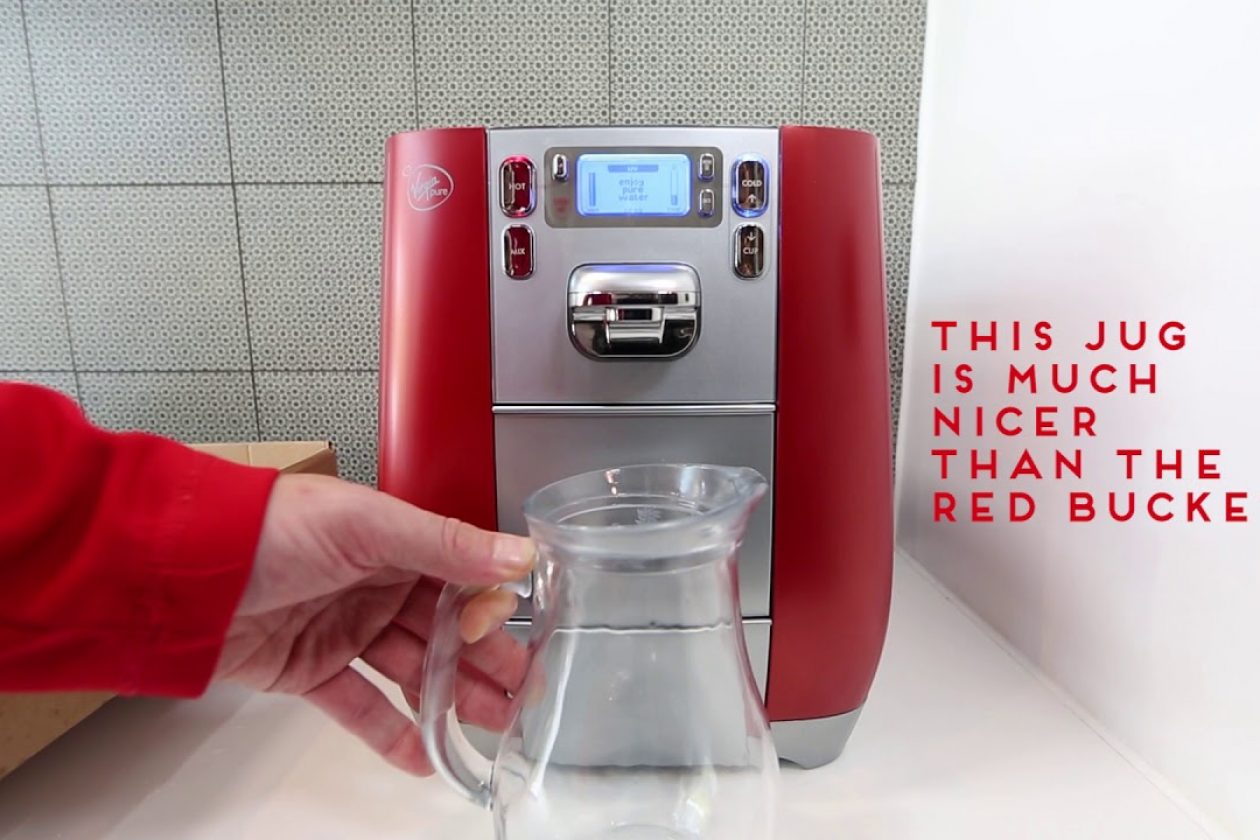How to integrate a B2C model when your business has B2B clients
RANDEM - Do Better 30 May 2016
Every business that sells a consumer-level product to stockists, retailers, and wholesalers, needs to – at some point – consider the potential of selling directly to the consumer online.
However, appealing to a consumer in comparison to another business comes with a whole set of new challenges.
Selling directly to the consumer while still operating as a B2B business means that your existing clients – such as wholesalers, distributors, and stockists - will be concerned about losing business.
You need to create a balance between how you manage your B2B and B2C strategies. Luckily, there are methods you can take to ensure all parties benefit from your transition.
Here are a few tips to help you in this transition:
- 1. Keep the products you sell online at RRP
- 2. Sell clearance stock on your site
- 3. Sell special release or limited products that are exclusive to your online store
- 4. Add ‘click and collect’ to your fulfilment process, so that your consumer can pick up the product at the store of their choice, thereby increasing the level of foot traffic in your stockists retail store and increasing their potential for up-sell
In addition to this, when selling directly to the consumer you need to consider how different your customer service process might be, and understand that everything from point-of-sale to order fulfilment is totally different to the way your B2B systems work.
Some things to keep in mind include:
- 1. How you will serve your customers online when they have questions about your product (consider integrating a live chat function to enhance the customer service aspect of your store, and be ready to answer an individual and diverse set of questions)
- 2. How your website is built - your site needs to be informative and product descriptions must be well thought out. You must also make sure your website is mobile-responsive to allow for your customers to use any device they wish to buy your products
- 3. Order fulfilment - a consumer will never buy the same quantity of stock as your stockists, so creating an order fulfilment process that can handle individual orders is key. This includes how your warehouse will process smaller order sizes, and how you will deliver them to your customer.
- 4. Implement a process or guarantee for returns, and prepare to manage them at a smaller scale
- 5. Come up with a threshold for free shipping eligibility
It takes the right eCommerce partner to be able to guide your business through the transformation from a B2B business to incorporating B2C tactics. Take for example Camelbak, who, despite popularity within the sporting community, did not sell their product online.
To help Camelbak, RANDEM integrated a B2C model so they could sell directly to their customers online. Want to see it in action? Click here to check out Camelbak’s online store, and see the solutions RANDEM implemented.
Camelbak is now fully equipped to sell their product online direct to consumers, and can deliver an outstanding customer service experience.



